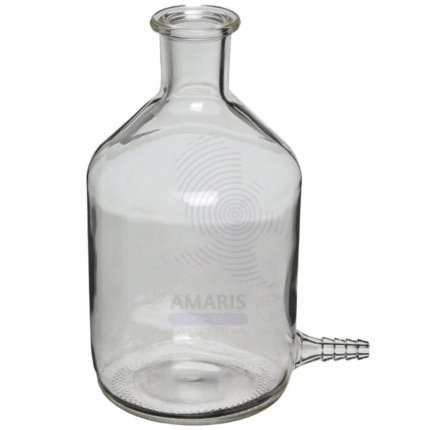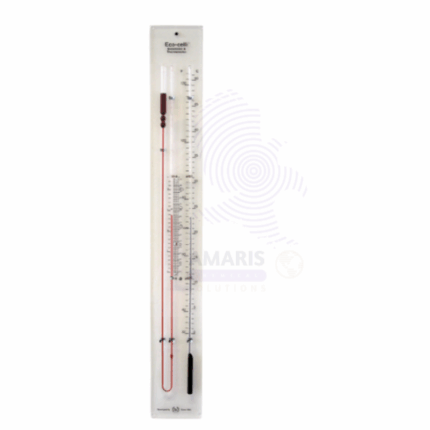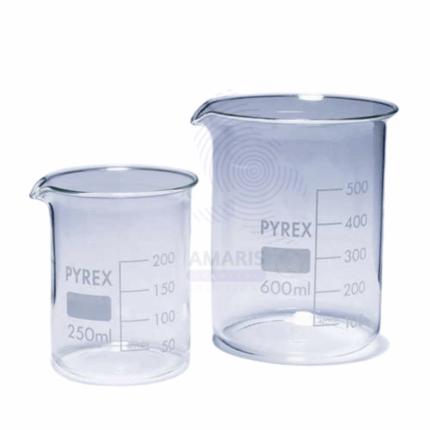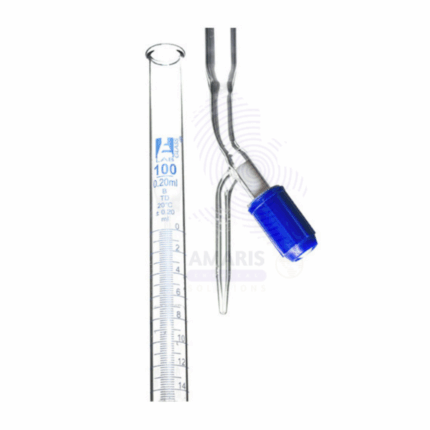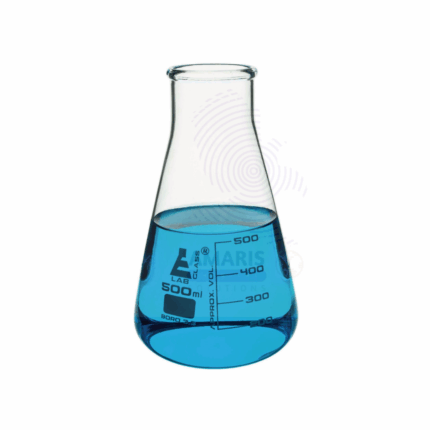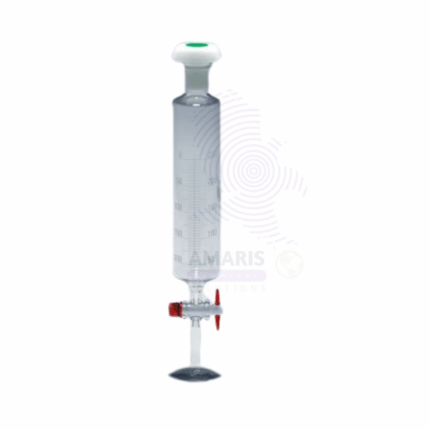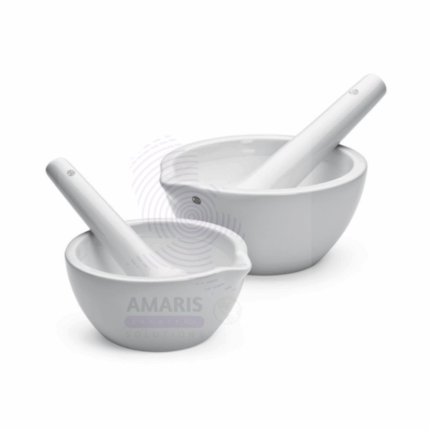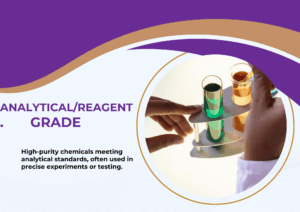Glass Stirring Rod
Glass Stirring Rod is a durable, chemically resistant cylindrical rod made from borosilicate glass, designed for mixing, stirring, and blending liquids in laboratory and industrial settings. Its smooth, inert surface ensures no reaction or contamination with chemicals, making it ideal for handling acids, bases, and organic solvents. The rod is heat resistant and easy to clean, providing a reliable tool for consistent and efficient stirring during experiments, chemical reactions, or sample preparation. Glass Stirring Rods are essential in research, quality control, pharmaceutical, and educational laboratories for accurate and safe fluid mixing.
Uses
Primary Uses
Laboratory and Research Applications
- Stirring and mixing chemical solutions and reagents during experimental procedures.
- Facilitating dissolution of solids in liquids for sample preparation and analysis.
- Homogenizing liquids in titrations, extractions, and synthesis processes.
- Preventing localized overheating in heated solutions by evenly distributing heat.
- Assisting in preparing suspensions, emulsions, and buffer solutions.
Secondary Uses
Industrial and Educational Applications
- Used in pharmaceutical and cosmetic labs for formulation mixing.
- Employed in educational demonstrations to teach solution dynamics and chemical reactions.
- Utilized in environmental testing labs for sample processing.
- Assists in small-scale production or quality control of liquid products.
Basic Identification Attributes
- Material: Borosilicate glass, chemically inert and heat resistant.
- Shape: Cylindrical rod with rounded ends for safe handling.
- Sizes: Available in various lengths and diameters to suit different applications.
Physical & Chemical Properties
- High chemical resistance to acids, bases, and solvents.
- Thermal resistance allows use with heated or cooled solutions.
- Transparent glass allows easy monitoring of stirred liquids.
Safety & Hazard Attributes
- Fragile glass may break if mishandled, requiring careful use.
- Smooth edges reduce risk of injury during handling.
Storage & Handling Attributes
- Store in protective racks or containers to prevent breakage.
- Clean thoroughly after use to avoid cross-contamination.
Regulatory & Compliance Attributes
- Manufactured to comply with laboratory safety and quality standards.
Environmental & Health Impact
- Recyclable glass material minimizes environmental footprint.
- Does not release harmful substances during use or disposal.
Safety Handling Precautions
- Handle with care to avoid breakage and injury.
- Use gloves and eye protection when stirring hazardous chemicals.
First Aid Measures
- Treat cuts from broken glass immediately and seek medical attention if needed.
- Follow chemical exposure protocols if contact occurs during stirring.
Firefighting Measures
- Non-flammable; no fire risk from the rod itself.


 Acidulants
Acidulants Antioxidants
Antioxidants Nutraceutical Ingredients (food)
Nutraceutical Ingredients (food)
 Collectors
Collectors Dust Suppressants
Dust Suppressants Explosives and Blasting Agents
Explosives and Blasting Agents Flocculants and Coagulants
Flocculants and Coagulants Frothers
Frothers Leaching Agents
Leaching Agents pH Modifiers
pH Modifiers Precious Metal Extraction Agents
Precious Metal Extraction Agents
 Antioxidants(plastic)
Antioxidants(plastic) Colorants (Pigments, Dyes)
Colorants (Pigments, Dyes) Fillers and Reinforcements
Fillers and Reinforcements Flame Retardants
Flame Retardants Monomers
Monomers Plasticizers
Plasticizers Polymerization Initiators
Polymerization Initiators Stabilizers (UV, Heat)
Stabilizers (UV, Heat)
 Antifoaming Agents
Antifoaming Agents Chelating Agents
Chelating Agents Coagulants and Flocculants
Coagulants and Flocculants Corrosion Inhibitors
Corrosion Inhibitors Disinfectants and Biocides
Disinfectants and Biocides Oxidizing Agents
Oxidizing Agents pH Adjusters
pH Adjusters Scale Inhibitors( water)
Scale Inhibitors( water)
 Antioxidants(cosmetic)
Antioxidants(cosmetic) Emollients
Emollients Fragrances and Essential Oils
Fragrances and Essential Oils Humectants
Humectants Preservatives
Preservatives Surfactants(cosmetic)
Surfactants(cosmetic) Thickeners
Thickeners UV Filters
UV Filters
 Fertilizers
Fertilizers Soil Conditioners
Soil Conditioners Plant Growth Regulators
Plant Growth Regulators Animal Feed Additives
Animal Feed Additives Biostimulants
Biostimulants Pesticides (Herbicides, Insecticides, Fungicides)
Pesticides (Herbicides, Insecticides, Fungicides)
 Active Pharmaceutical Ingredients (APIs)
Active Pharmaceutical Ingredients (APIs) Excipients
Excipients Solvents(pharmaceutical)
Solvents(pharmaceutical) Antibiotics
Antibiotics Antiseptics and Disinfectants
Antiseptics and Disinfectants Vaccine Adjuvants
Vaccine Adjuvants Nutraceutical Ingredients (pharmaceutical)
Nutraceutical Ingredients (pharmaceutical) Analgesics & Antipyretics
Analgesics & Antipyretics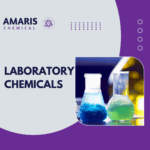
 Analytical Reagents
Analytical Reagents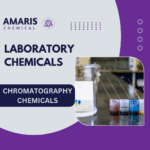 Chromatography Chemicals
Chromatography Chemicals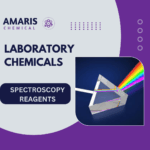 Spectroscopy Reagents
Spectroscopy Reagents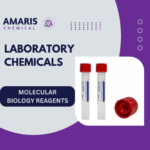 Molecular Biology Reagents
Molecular Biology Reagents Biochemical Reagents
Biochemical Reagents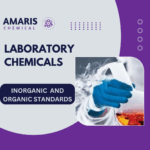 Inorganic and Organic Standards
Inorganic and Organic Standards Laboratory Safety Chemicals
Laboratory Safety Chemicals Specialty Laboratory Chemicals(Special Laboratory Equipment)
Specialty Laboratory Chemicals(Special Laboratory Equipment)
 Demulsifiers
Demulsifiers Hydraulic Fracturing Fluids
Hydraulic Fracturing Fluids Scale Inhibitors(oil)
Scale Inhibitors(oil) Surfactants(oil)
Surfactants(oil) Drilling Fluids
Drilling Fluids
 Dyes and Pigments
Dyes and Pigments Bleaching Agents
Bleaching Agents Softening Agents
Softening Agents Finishing Agents
Finishing Agents Antistatic Agents
Antistatic Agents
 Admixtures
Admixtures Waterproofing Agents
Waterproofing Agents Sealants and Adhesives
Sealants and Adhesives Curing Compounds
Curing Compounds Concrete Repair Chemicals
Concrete Repair Chemicals Anti-Corrosion Coatings
Anti-Corrosion Coatings
 Surfactants(cleaning)
Surfactants(cleaning) Builders
Builders Enzymes
Enzymes Solvents (Cleaning)
Solvents (Cleaning) Fragrances
Fragrances
 Electronic Chemicals
Electronic Chemicals Catalysts
Catalysts Lubricants
Lubricants Photographic Chemicals
Photographic Chemicals Refrigerants
Refrigerants Automotive chemicals
Automotive chemicals Pyrotechnic Chemicals
Pyrotechnic Chemicals
 Biodegradable Surfactants
Biodegradable Surfactants Bio-based Solvents
Bio-based Solvents Renewable Polymers
Renewable Polymers Carbon Capture Chemicals
Carbon Capture Chemicals Wastewater Treatment Chemicals
Wastewater Treatment Chemicals
 Pigments
Pigments Solvents(paint)
Solvents(paint) Specialty Coatings
Specialty Coatings Binders/Resins
Binders/Resins Additives
Additives Driers
Driers Anti-Corrosion Agents
Anti-Corrosion Agents Functional Coatings
Functional Coatings Application-Specific Coatings
Application-Specific Coatings
 Fresh Herbs
Fresh Herbs Ground Spices
Ground Spices Whole Spices
Whole Spices Spice Blends
Spice Blends Dried Herbs
Dried Herbs
 Leavening Agents
Leavening Agents Dough Conditioners
Dough Conditioners Flour Treatments
Flour Treatments Fat Replacers
Fat Replacers Decoratives
Decoratives Preservatives(baking)
Preservatives(baking)
 Plasticizers & Softeners
Plasticizers & Softeners Reinforcing Agents
Reinforcing Agents Adhesion Promoters
Adhesion Promoters Vulcanizing Agents
Vulcanizing Agents Antidegradants
Antidegradants Blowing Agents
Blowing Agents Fillers & Extenders
Fillers & Extenders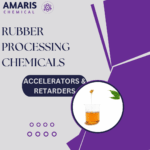 Accelerators & Retarders
Accelerators & Retarders




